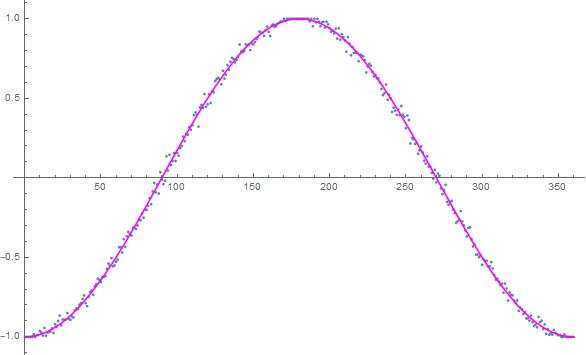One of my papers refuting Bell’s theorem is just published by IEEE. It is the third in a series of my papers that both formally and constructively overcome the claims of Bell’s theorem:
The paper is open access and can be downloaded freely: https://doi.org/10.1109/ACCESS.2019.2941275. Fortunately, I did not have to pay open access fees. I was given 100% discount.

The other two papers are published, respectively, by IJTP (International Journal of Theoretical Physics) and RSOS (the Open Science journal published by the Royal Society of London). The latter paper presents a comprehensive local-realistic framework for All quantum correlations, and the former proposes an experimental test of this framework in the macroscopic domain.
It is worth noting that there were seventeen reviewers and two rounds of extensive reviews before IEEE accepted my paper. During the review process, the editors and reviewers were fully aware of the fact that an earlier version of the submitted manuscript was retracted by Annals of Physics on dubious grounds. They were also fully aware of all online criticisms of my work dating back 2011 and my detailed responses to them, such as those summarized in the Ref. [59] of the IEEE paper linked above: https://www.academia.edu/38423874/Refut ... ls_Theorem.
The constructive model presented in the three papers linked above is the quaternionic 3-sphere model. This model has been discussed many times in this forum. But quite independently of this model, the RSOS and IEEE papers also present criticisms of Bell's formal argument in its own terms. Thus the papers present both formal and constructive refutations of Bell's theorem.
The problem with the formal claim of Bell's "theorem" is very easy to understand. Ironically, it was Bell himself who showed the succinct way to appreciate the problem with his "theorem."
The acceptance of my constructive refutation of Bell's theorem by three highly respected international journals is a clear message that the past criticisms of my work (by a few individuals) have been rejected by the larger physics community. However, I have included a long list of "Questions and Answers" in an appendix of the IEEE paper that responds to all known criticisms.
Several participants of this forum deserve credit for helping me with my 3-sphere model, via discussions or by direct contributions. Their efforts have been acknowledged in the IEEE paper.
***


